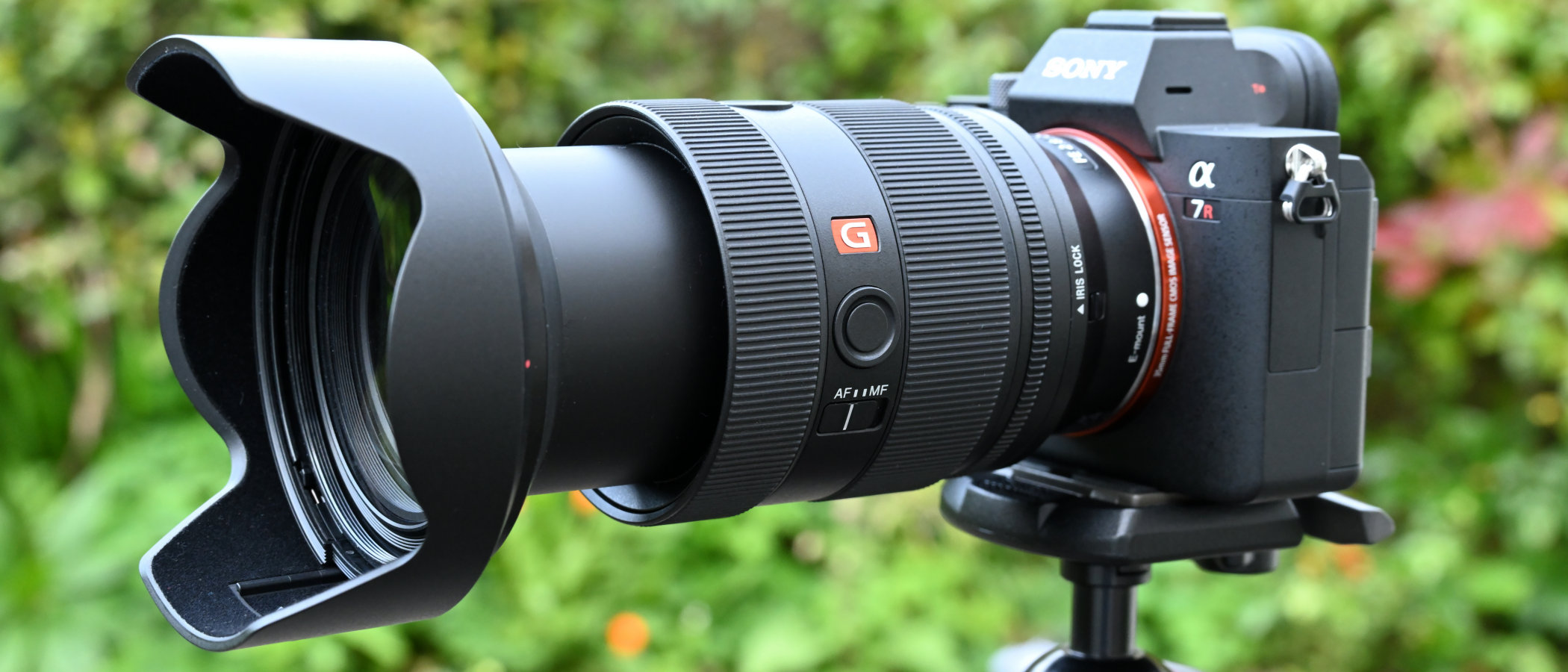Digital Camera World Verdict
There was absolutely nothing wrong with the original edition of Sony’s G Master trinity standard zoom, but the second incarnation is even better in every way. It packs a host of new features, improved handling characteristics and a completely redesigned optical path into a smaller, more lightweight build. It’s more comprehensively weather-sealed as well. The GM II is undeniably pricey, but you get what you pay for and more besides.
Pros
- +
Stellar image quality
- +
High-end features
- +
Refined handling
Cons
- -
Pricey to buy
- -
No optical stabilization
Why you can trust Digital Camera World
Building on the success of the original Sony FE 24-70mm F2.8 GM, the second edition aims to deliver improved image quality and all-round performance, enhanced handling and more robust build quality, in a package that’s 20 per cent lighter and 18 per cent smaller. Indeed, Sony points out that it’s the world’s smallest and lightest 24-70mm f/2.8 trinity zoom, making it a perfect match for compact Alpha mirrorless system bodies.
Specifications
Mount: Sony E (FE)
Full-frame: Yes
Autofocus: Yes
Stabilization: No
Lens construction: 20 elements in 15 groups
Angle of view: 84-35 degrees
Diaphragm blades: 11
Minimum aperture: f/22
Minimum focusing distance: 0.21m (W) 0.99m (T)
Maximum magnification ratio: 0.32x
Filter size: 82mm
Dimensions: 88x120mm
Weight: 695g
Key features
Optical design is naturally a ‘key feature’ of any pro-grade lens. In this case, the optical layout is completely redesigned from the original version of the lens. The GM II boasts five aspherical elements, including two XA (eXtreme Aspherical) high-precision elements, two ED (Extra-low Dispersion) elements and a further two Super ED elements. Next-generation Nano AR Coating II is applied to minimize ghosting and flare.
There’s also a new floating autofocus focus system, based on no less than four XD (eXtreme Dynamic) linear stepping motors, designed for optimum speed and precision. Indeed continuous focus tracking keeps pace with shooting stills and movies at up to 30fps and 4K 120p, respectively, with compatible cameras. AF tracking performance while zooming is also claimed to be twice as effective as in the original lens.
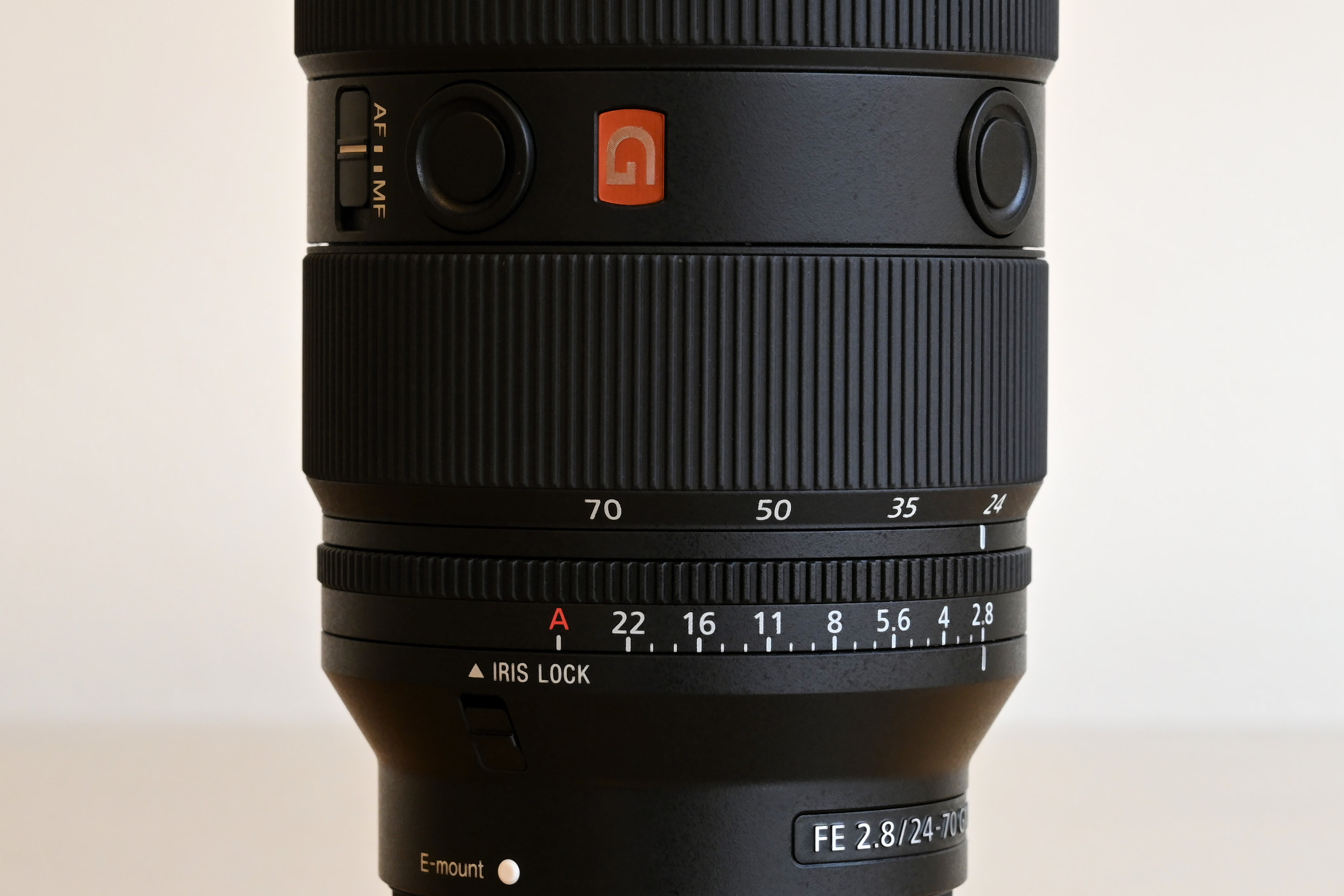
Build and handling
Although smaller and lighter than the original lens, the GM II is more comprehensively weather-sealed. The front element has a fluorine coating to repel moisture and grease, as well as making it easier to clean.
There’s handling exotica aplenty. The zoom ring has adjustable torque, thanks to a smooth/tight switch on the underside of the barrel. There are two customizable function buttons, typically used for focus-hold, which fall naturally under the thumb whether you’re shooting in landscape or portrait orientation. There’s also a new aperture control ring which comes complete with a click on/off switch, enabling precise aperture adjustment for stills and smooth de-clicked operation for movie capture.
Even the hood gets a makeover, with a sliding panel that enables access to rotational filters like circular polarizers. A more subtle handling improvement is that the center of gravity is shifted further back towards the camera body, compared with the original lens.
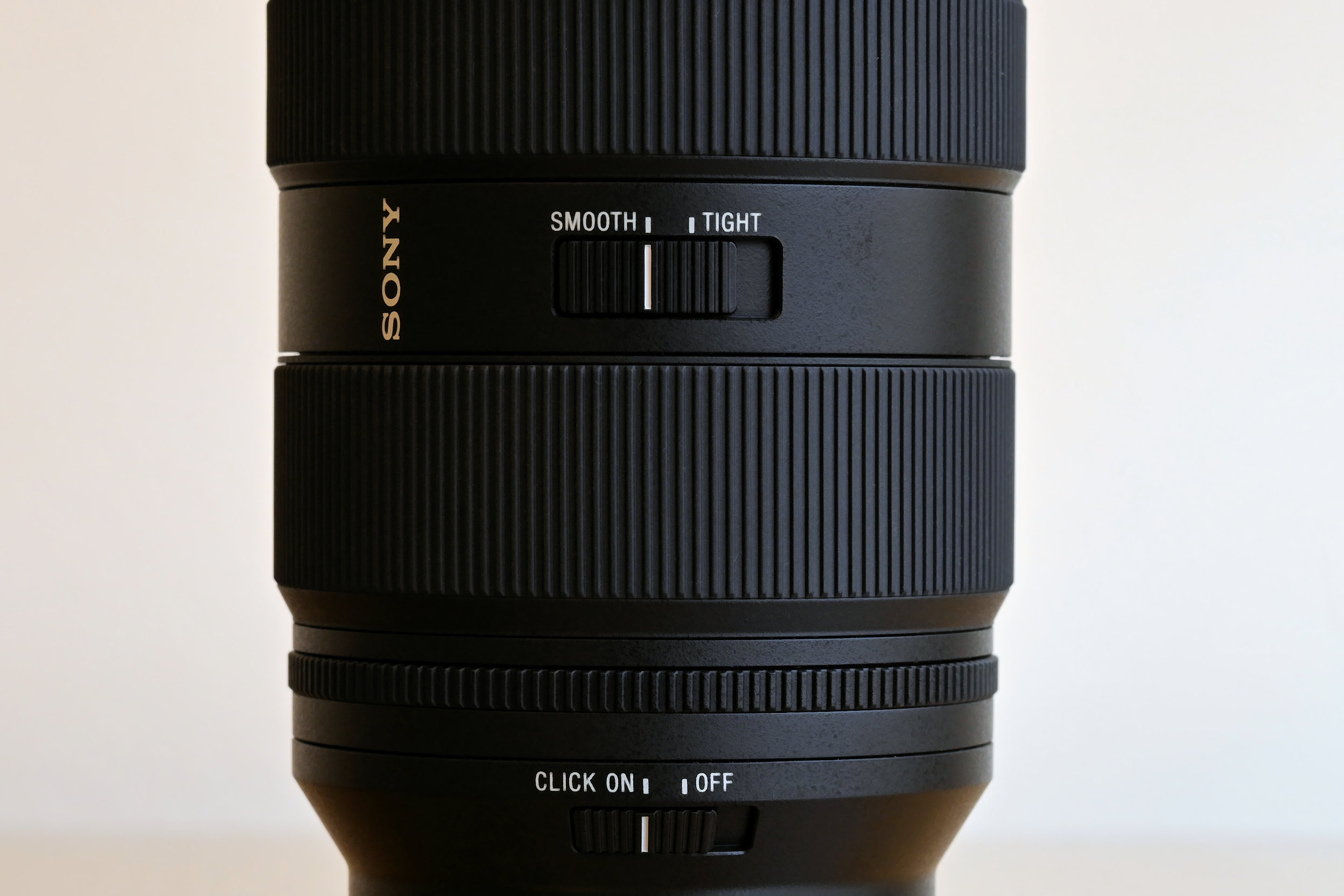
Performance
True to Sony’s claims, the GM II delivers greater sharpness across the entire image frame. In our tests, we found a subtle increase in the already spectacular levels of center-sharpness throughout the entire zoom range, along with a massive improvement in mid/edge-sharpness which holds up especially well even at the widest aperture of f/2.8.
Color fringing is reduced to negligible amounts at all focal lengths and there’s generally less distortion. Focus breathing when shooting video is also further reduced and can be virtually eliminated when using the additional in-camera correction available in compatible Sony bodies. For an f/2.8 standard zoom, bokeh is really smooth and remains so when stopping down a little, helped by a particularly well-rounded 11-blade aperture diaphragm.
Sample images





Lab results
We run a range of lab tests under controlled conditions, using the Imatest Master testing suite. Photos of test charts are taken across the range of apertures and zooms (where available), then analyzed for sharpness, distortion and chromatic aberrations.
We use Imatest SFR (spatial frequency response) charts and analysis software to plot lens resolution at the center of the image frame, corners and mid-point distances, across the range of aperture settings and, with zoom lenses, at four different focal lengths. The tests also measure distortion and color fringing (chromatic aberration).
Sharpness:
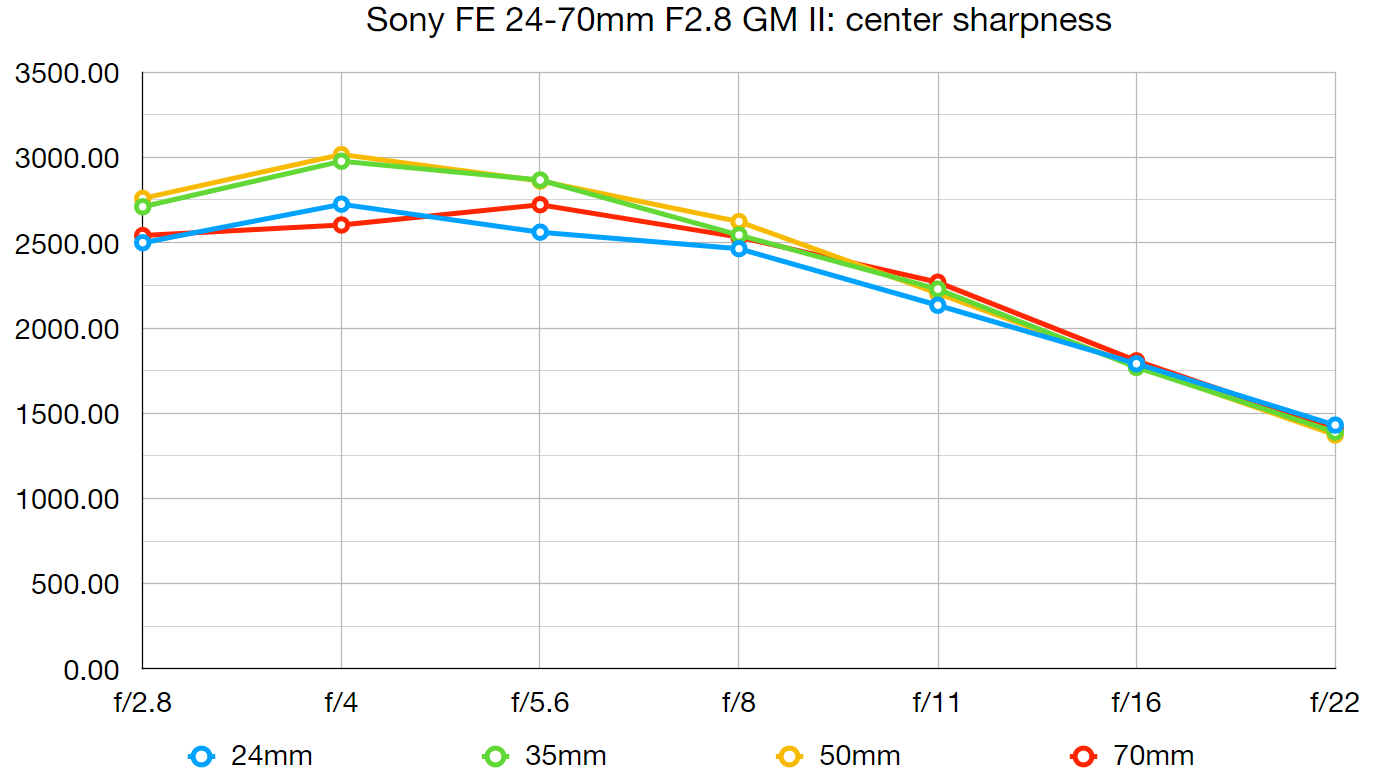
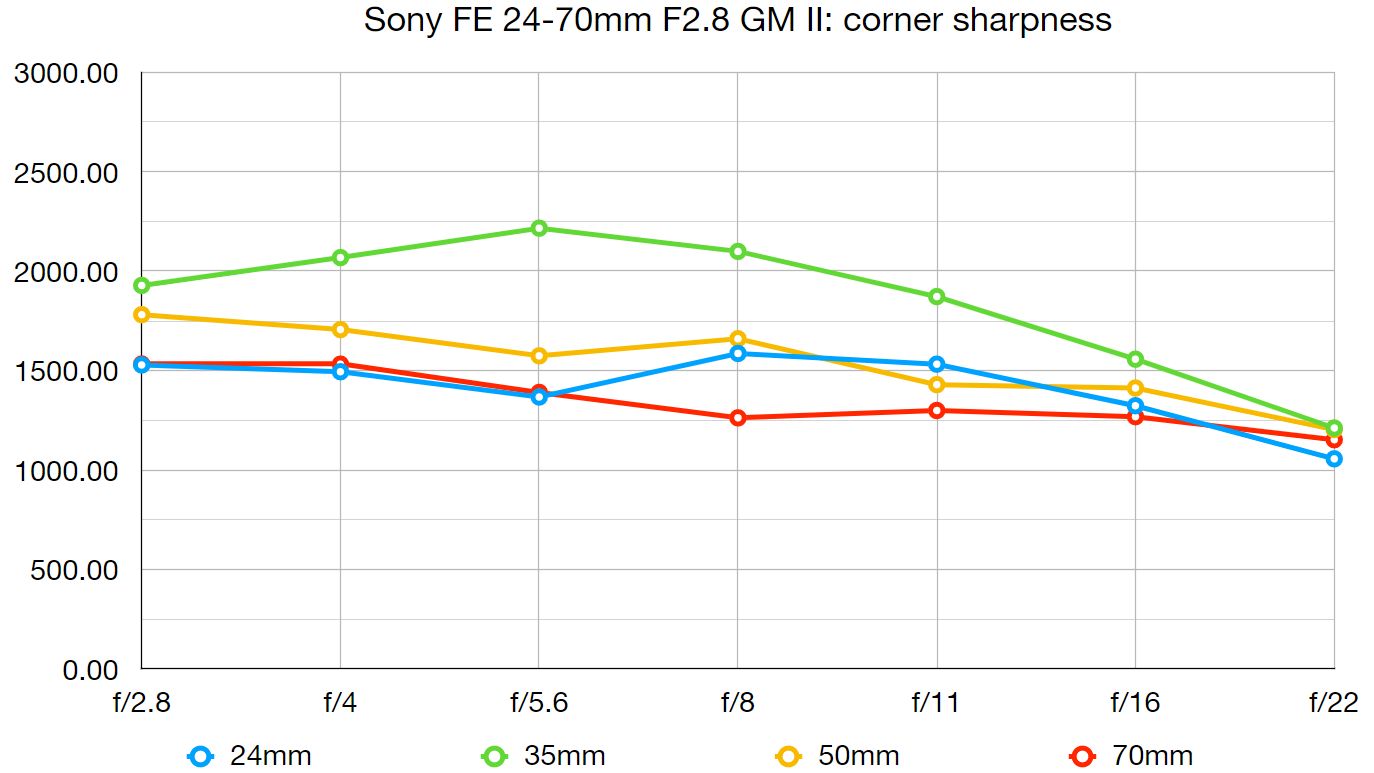
Levels of sharpness are exceptional, even when shooting wide-open at f/2.8, throughout the entire zoom range. At any given combination of focal length and aperture setting, the GM II is very much sharper than the original edition of the lens towards the edges and corners of the image frame.
Fringing:
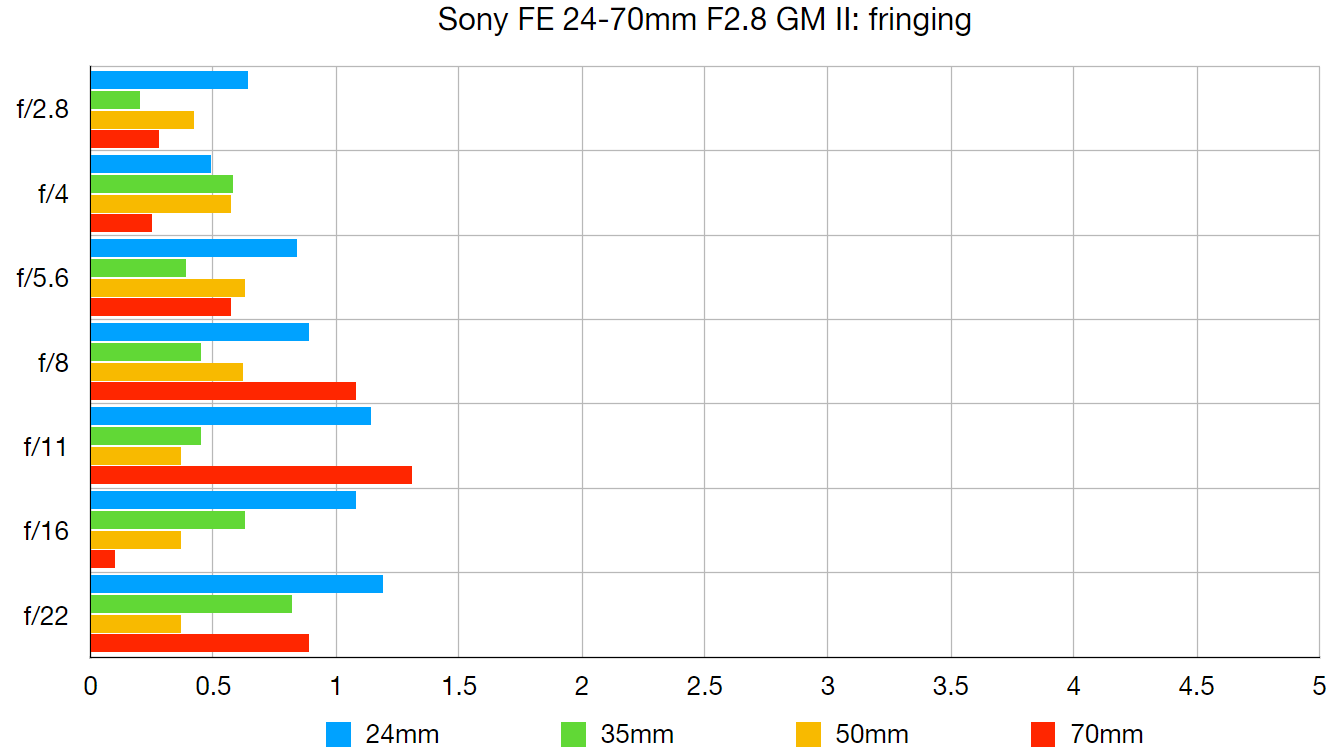
The original Sony lens kept color fringing to minimal levels and the GM II performs even better. There’s less fringing throughout the zoom and aperture ranges, with the exception that fringing is marginally worse at 70mm between apertures of f/5.6 to f/22. Even then, it’s barely noticeable.
Distortion:
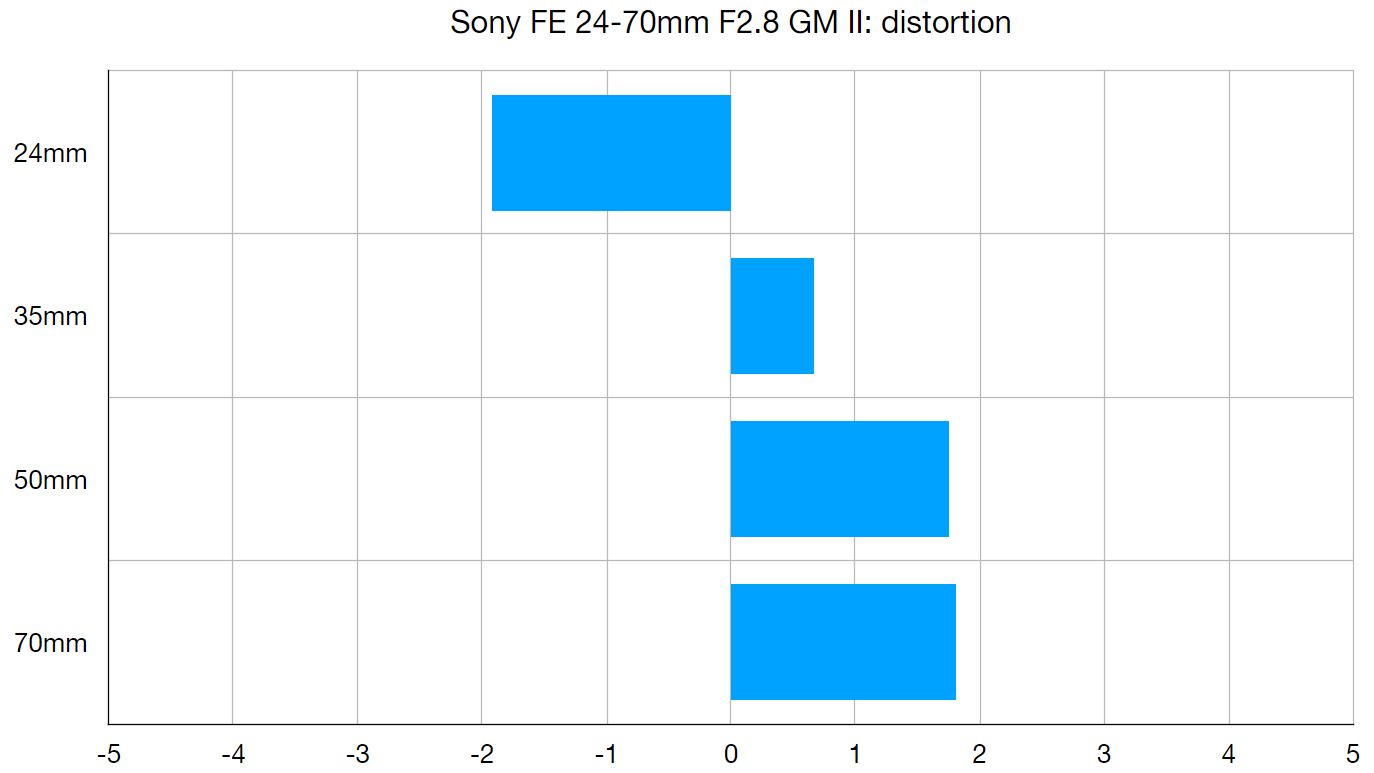
There’s very little barrel distortion at 24mm and the GM II, on a par with its predecessor, but there’s less pincushion in the 35-70mm, where distortion is now minimal. In-camera correction is available for a complete fix.
Verdict
There was absolutely nothing wrong with the original edition of Sony’s G Master trinity standard zoom, but the second incarnation is even better in every way. It packs a host of new features, improved handling characteristics and a completely redesigned optical path into a smaller, more lightweight build. It’s more comprehensively weather-sealed as well. The GM II is undeniably pricey, but you get what you pay for and more besides.
Read more:
• Best camera lenses to get
• Best Canon lenses
• Best Nikon lenses
• Best Sony lenses
Matthew Richards is a photographer and journalist who has spent years using and reviewing all manner of photo gear. He is Digital Camera World's principal lens reviewer – and has tested more primes and zooms than most people have had hot dinners!
His expertise with equipment doesn’t end there, though. He is also an encyclopedia when it comes to all manner of cameras, camera holsters and bags, flashguns, tripods and heads, printers, papers and inks, and just about anything imaging-related.
In an earlier life he was a broadcast engineer at the BBC, as well as a former editor of PC Guide.

